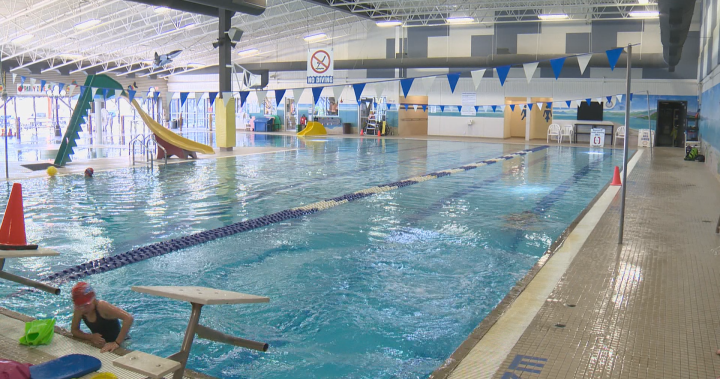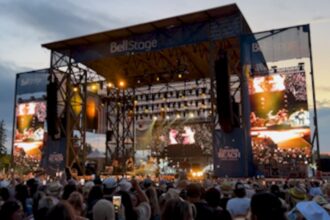In a move that could reshape access to public amenities, Kelowna city officials are contemplating a significant shift in how recreation fees are structured—potentially creating two distinct pricing tiers for residents and visitors. The proposal, which emerged during recent council discussions, represents the first comprehensive review of the city’s fees and charges policy in nearly a decade.
“We’re looking at a fundamental question of fairness,” explained Kelowna Financial Services Director Doug Geller. “Should our taxpayers, who already contribute to building and maintaining these facilities through property taxes, pay the same fees as visitors who don’t make those ongoing contributions?”
The current examination comes as municipalities across Canada grapple with balancing accessible public services against rising operational costs. Kelowna’s recreation facilities—including pools, arenas, and community centers—have long operated under a universal fee structure regardless of residency status.
According to city documents obtained by CO24 News, Kelowna’s recreation services currently recover approximately 48% of their costs through user fees, with property taxes subsidizing the remainder. This recovery rate sits slightly above the national average of 45% for similar-sized municipalities, based on data from the Canadian Parks and Recreation Association.
The proposed dual-pricing model would follow examples set by several other British Columbia communities, including Penticton and West Kelowna, where non-residents may pay between 15-25% more for identical services. The rationale centers on the principle that local taxpayers have already invested in the capital infrastructure through their property taxes.
City Councillor Maxine DeHart voiced support for exploring the option but emphasized the need for careful implementation. “We want to ensure our facilities remain accessible while acknowledging the contributions of our residents,” she stated during Tuesday’s council meeting. “It’s about finding that balance.”
Recreation advocates have expressed mixed reactions. The Kelowna Community Recreation Association cautioned that any fee increases must be weighed against potential impacts on participation rates, particularly for families and seniors.
“We understand the financial pressures municipalities face, but we must ensure that public recreation remains accessible to all,” noted Alexandra Turner, the association’s spokesperson. “The social benefits of inclusive recreation facilities far outweigh short-term revenue gains.”
The city’s finance department will conduct a comprehensive analysis over the coming months, examining potential revenue implications, administrative costs of implementing a dual-pricing system, and experiences from other municipalities that have adopted similar approaches. Council is expected to receive recommendations before the 2025 budget deliberations begin.
Notably, the review extends beyond recreation to encompass all city fees and charges, including development applications, business licenses, and utilities. This holistic approach reflects growing pressure on Canadian municipalities to diversify revenue streams beyond traditional property taxation.
“We’re operating in an environment where costs are rising faster than traditional revenue sources can keep pace,” explained Geller. “Thoughtful fee structures are one tool among many that we need to explore.”
The policy review also aims to establish clearer principles for setting fees, potentially incorporating factors like recovery rates, market comparisons, and social equity considerations. This framework would guide future fee adjustments, creating more predictable increases for both residents and service providers.
As Kelowna navigates these complex financial waters, the fundamental question remains: how do communities fairly distribute the costs of public amenities between residents and visitors? For a city that welcomes millions of tourists annually, the answer may reshape not just recreation fees, but the broader relationship between those who call Kelowna home and those who visit this Okanagan gem.










